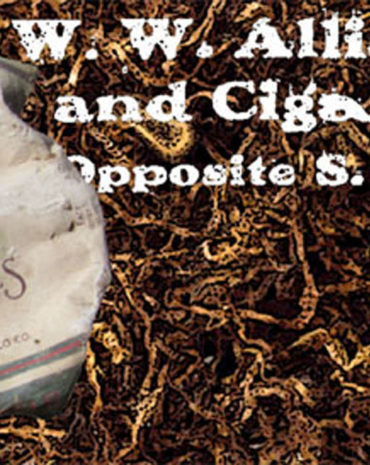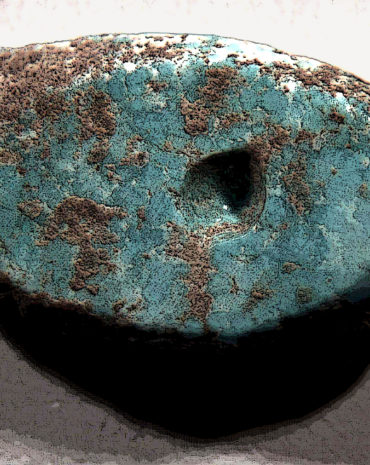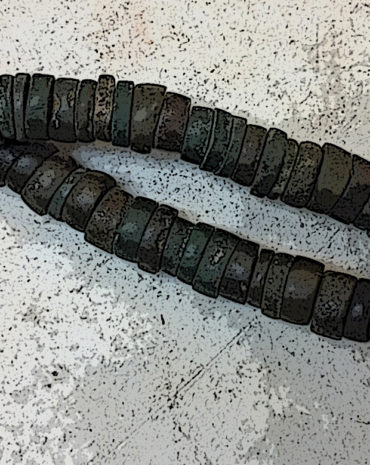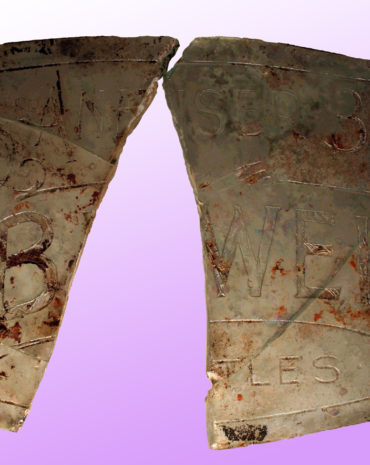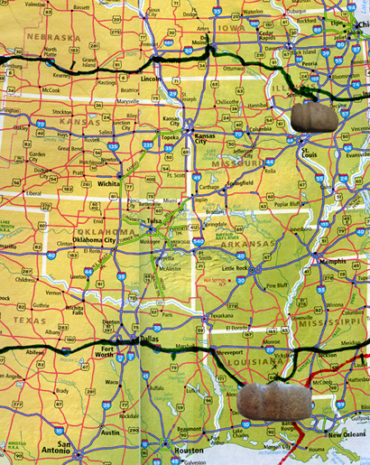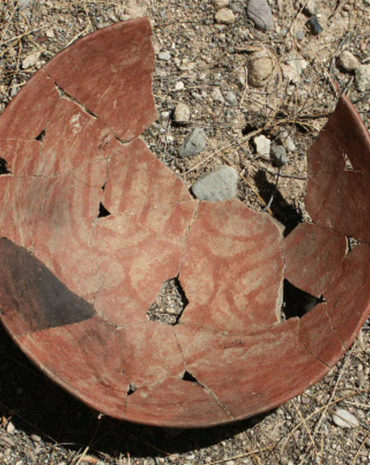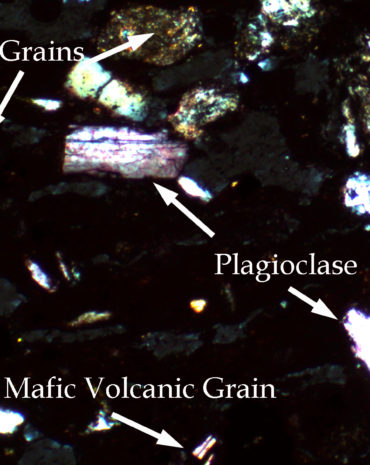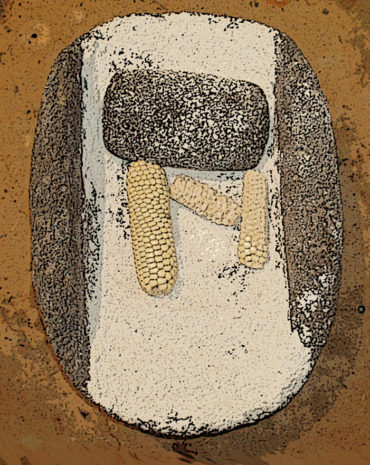 Nov 16
Nov 16It Takes Both: Identifying Mano and Metate Types
Dr. Jenny Adams is Desert Archaeology's ground stone analyst, and is recognized both nationally and internationally as the authority in the field of ground stone technology. This week she talks about the basic tools of food grinding. When I first learned about manos and metates used in the U.S. Southwest…


